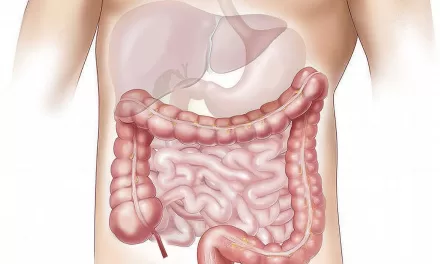When we think of air pollution, we often picture smog and car exhaust as outdoor problems. However, indoor air pollution, particularly from household gas stoves, can have significant health implications, especially for asthma sufferers. Recent research highlights a startling statistic: in Australia, approximately 12% of childhood asthma cases can be linked to gas stoves and the harmful chemicals they emit.
Despite growing efforts to phase out gas appliances, around 38% of Australian households still rely on natural gas for cooking. For those living in rented accommodations or facing financial constraints, replacing a gas stove with an electric one may not be an easy option. This issue is even more pressing in socioeconomically disadvantaged areas, where childhood asthma is more prevalent. Here’s a closer look at how gas stoves can impact asthma and what you can do to improve air quality in your home.
What Is Asthma?
Asthma is the most common chronic condition affecting Australian children, with nearly 400,000 children aged 14 and under—around 9% of the age group—managing the respiratory disease. Asthma causes the airways to narrow, making it difficult to breathe. While many individuals manage asthma with inhalers and action plans, it remains a serious condition that can require emergency medical care. In 2020-21, Australian emergency departments recorded 56,600 asthma-related visits.
Both indoor and outdoor air pollution are major contributors to asthma, and exposure to airborne particles can increase the risk of developing asthma or aggravate symptoms for those already diagnosed.
Gas Stoves and Indoor Air Pollution
Gas stoves release several toxic chemicals, including carbon monoxide, particulate matter (PM2.5), benzene, formaldehyde, and nitrogen dioxide (NO2), all of which are harmful. Nitrogen dioxide, in particular, is closely linked to asthma development and worsening symptoms. Gas heaters can also release nitrogen dioxide, compounding the problem.
Since nitrogen dioxide is a tasteless and invisible gas, it’s difficult to gauge how much is present without an air quality monitor. One study from the United States found that homes with gas stoves had nitrogen dioxide levels up to three times higher than those with electric stoves. This is particularly concerning for households with children, who often spend most of their time indoors.
Growing Push to Ban Gas Stoves
In response to these concerns, there is a growing movement across Australia to replace gas stoves with electric alternatives, which are both more energy-efficient and less harmful to indoor air quality. Victoria and the Australian Capital Territory have announced bans on gas connections in new homes starting in 2024. Sydney’s Waverley Council has also taken steps in this direction.
However, for families living in older homes or rented properties with gas stoves, these changes may take time to implement, leaving many children at continued risk of poor indoor air quality.
Practical Solutions for Better Air Quality
1. Using Exhaust Fans
Installing a high-efficiency exhaust hood over a gas stove can capture more than 75% of air pollutants and direct them outside. Positioning pots and pans on the back burners while cooking can further improve the efficiency of these fans. However, exhaust hoods with lower flow rates or those that don’t vent air outside are less effective.
Despite the potential benefits, studies show that many people don’t use their exhaust fans consistently. A study in Melbourne found that over 40% of residents didn’t use their exhaust hoods regularly while cooking.
2. Natural Ventilation
Opening windows during and after cooking is a free and effective way to increase airflow and improve indoor air quality. However, this can be challenging during colder months, particularly in areas like Victoria and Tasmania, where people may rely on gas heaters to stay warm.
3. Gas Heaters
Gas heaters, like stoves, contribute to indoor air pollution. Unflued gas heaters, in particular, release pollutants like nitrogen dioxide directly into the home. Flued heaters, on the other hand, have chimneys that send emissions outside, making them a better choice for indoor air quality. Ideally, replacing an unflued gas heater with a flued or electric one can reduce asthma symptoms significantly.
If replacing a gas heater isn’t an option, it’s essential to avoid using an unflued gas heater overnight in bedrooms where you or your children sleep.
Conclusion
While asthma cannot be cured, its symptoms can be managed by reducing exposure to triggers—especially those found indoors. Improving indoor air quality, even in rented or older properties, can help ease the burden of asthma. From upgrading ventilation systems to opening windows and replacing gas appliances where possible, these small changes can make a big difference in helping people with asthma breathe easier.
By taking action now, we can ensure healthier homes for our families and protect future generations from the harmful effects of indoor air pollution.












